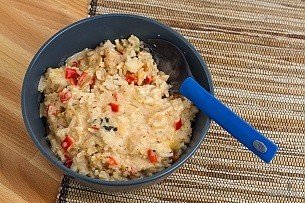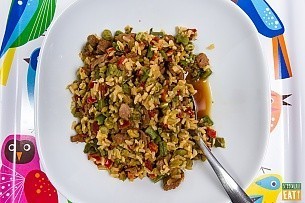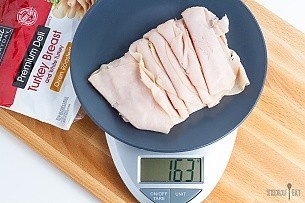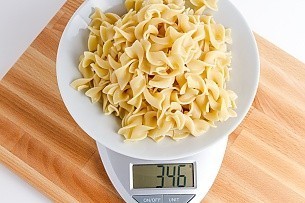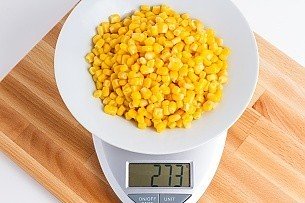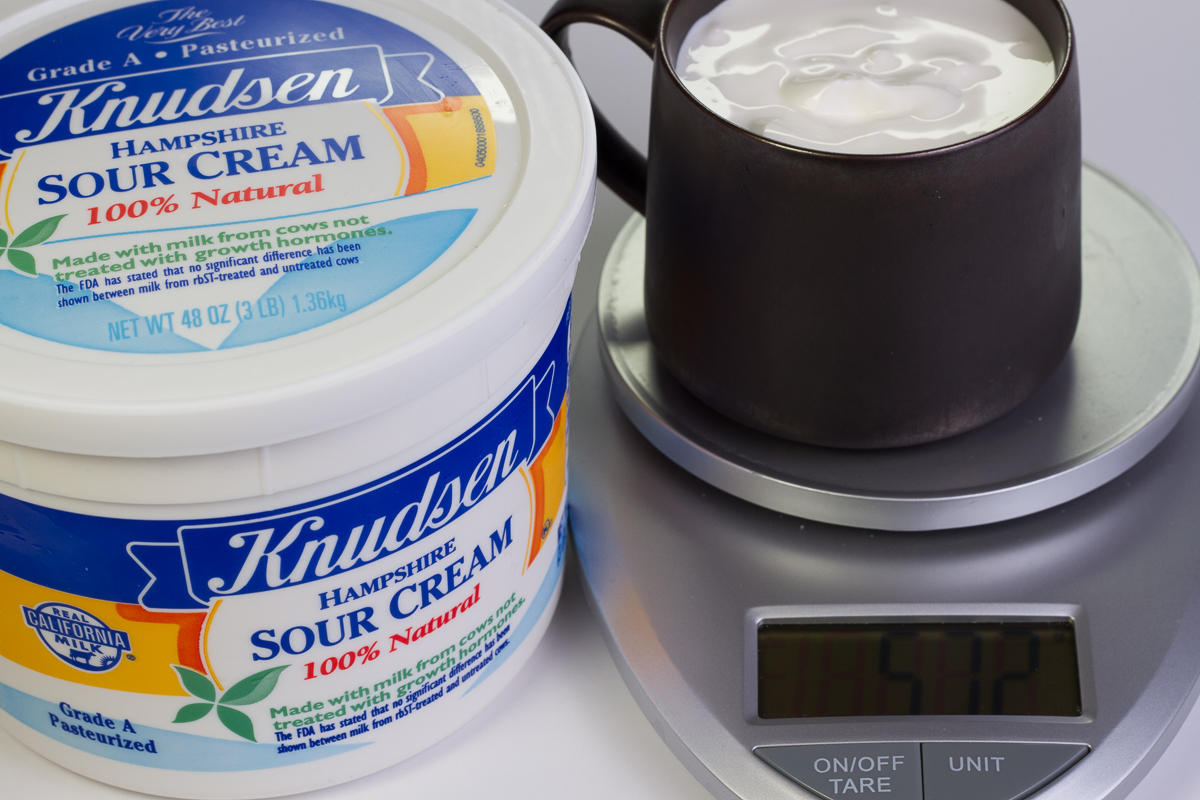
Did you ever think it was possible to dehydrate sour cream? That's probably because you can't, or maybe I just lack the skill and know-how to do it properly.
I don't remember why I weighed the sour cream, probably to figure out how much water is removed, but it doesn't really matter because this attempt didn't turn out very well. In fact, it turned out terrible but all indications leading up to the final moments seemed incredibly hopeful. The sour cream was spread a quarter inch thick and left in my Excalibur dehydrator at 115°F for roughly 6 hours. I used non-stick aluminum foil instead of the official ParaFlexx drying sheets or parchment paper. Why? Because sour cream is very wet and I didn't want to deal with cleaning up a potential gummy mess. Call me lazy. After the intial 6 hour drying it was still a touch damp on the bottom so I took them off the liner and tossed them directly onto the mesh rack and gave it another couples hours. They were finally bone dry and brittle like candy—success!
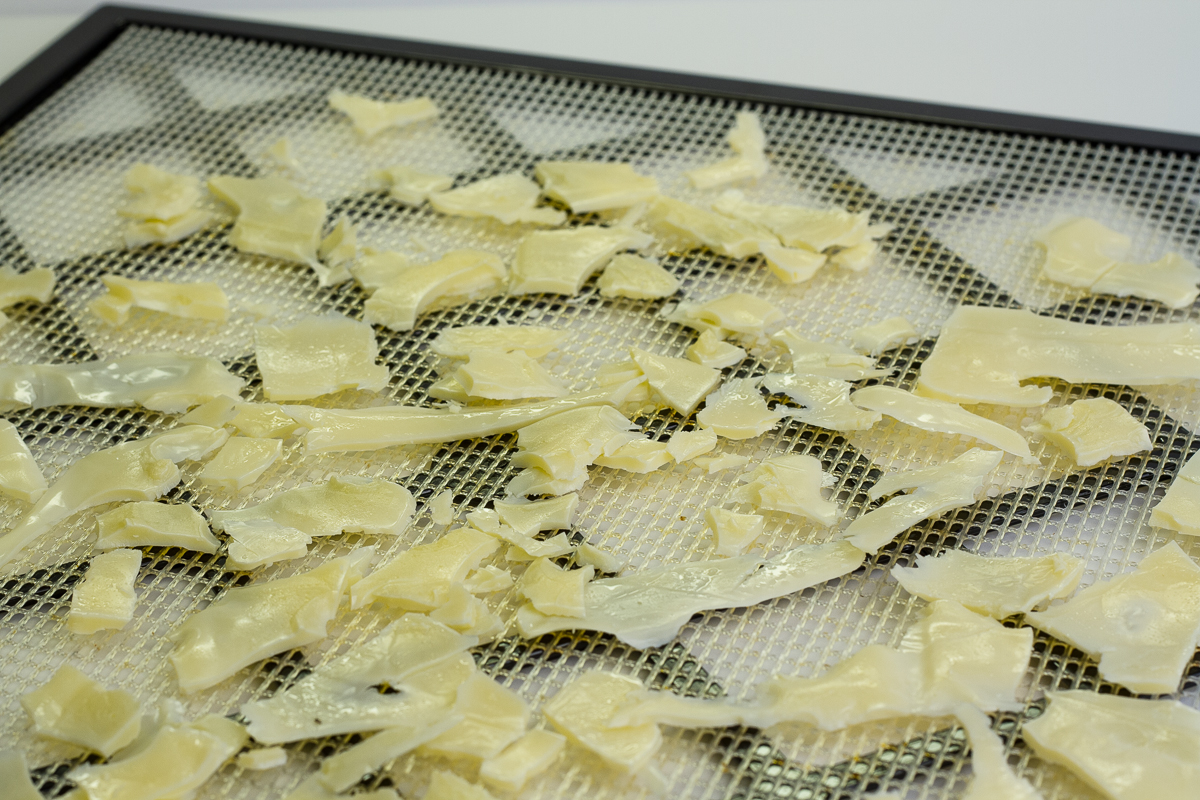
I thought, "What now? Do I just add water to rehydrate?" That's unlikey to work, the pieces are pretty big and irregularly sized, they'll never rehydrate properly. So out came the trusty food processor for a quick 15 second blitz. As the blades came to a stop, I proclaimed, "Jackpot, I've made sour cream powder!" Then I opened the food processor...
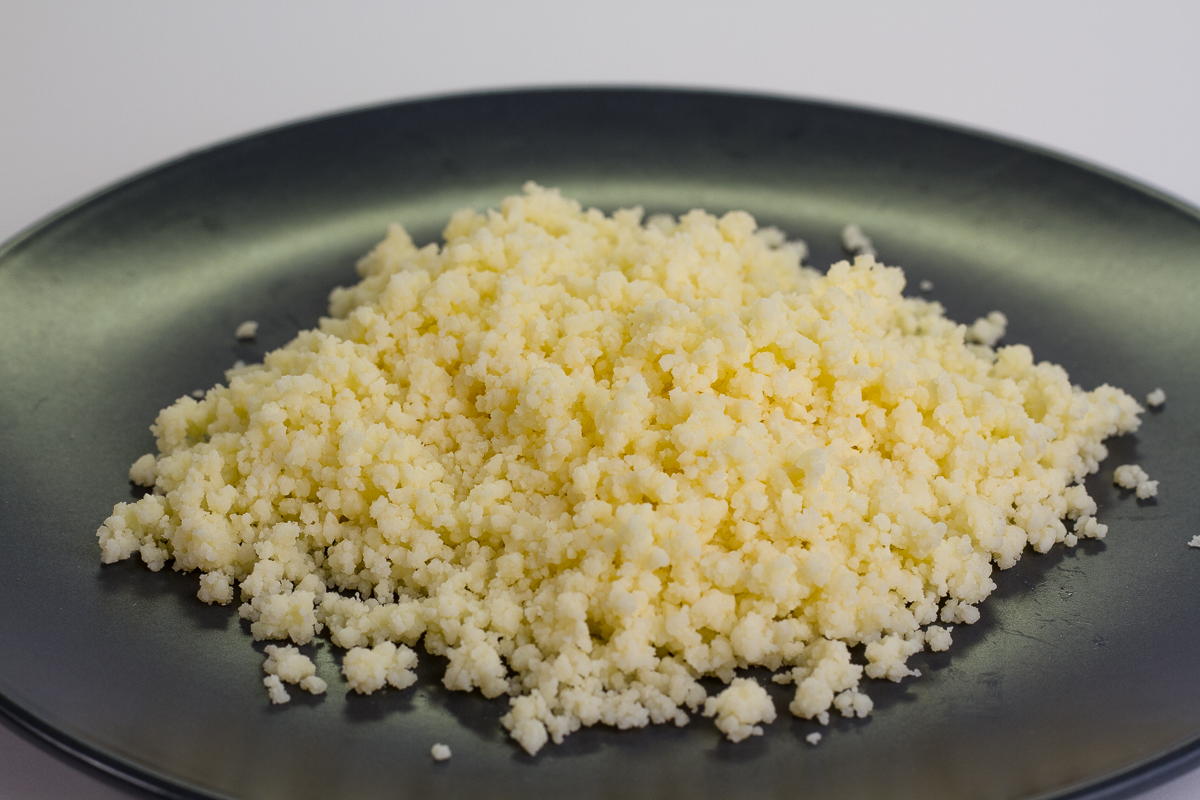
NOPE.
Not even close to a powder. What I made was a gritty clump of sour cream booger that looked more like smashed cauliflower than the silky smooth talcum powder I had hoped for.
But hey, now it's much smaller in size and pretty uniform, it should rehydrate like a dream.
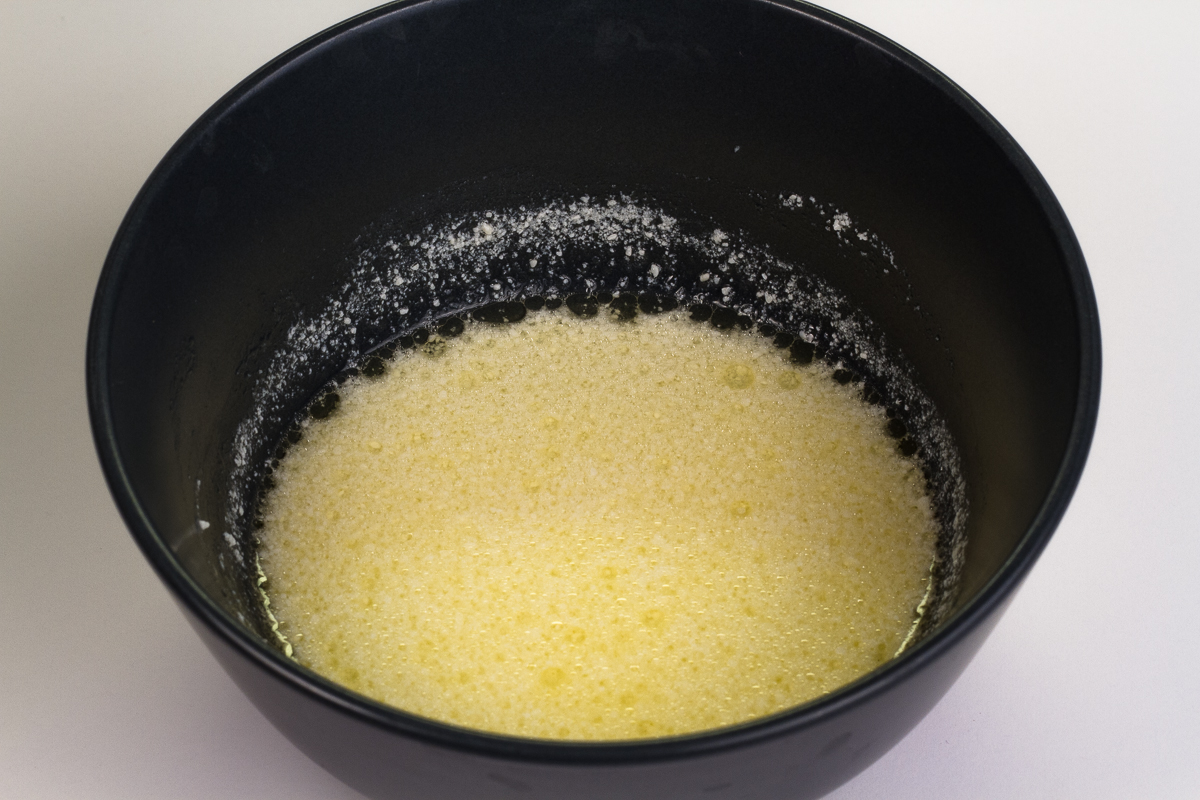
DOUBLE NOPE.
I tried cold water, warm water, hot water, more water, less water. Nope, nope, nope, nope, and nope. No combination of water or temperature could reconstitute this soupy oil slick. It never came back into a form that even resembled sour cream; however, the taste and smell was undeniably sour cream. The look and texture? Not even close.
So what went wrong?
Sour cream is a dairy cream that's been fermented with a bacterial culture. Cream has fat, and a lot of it. Subsequently, a 12 gram serving of sour cream has 2.4 grams of total fat, which works out to 20% fat content. The large brittle pieces were covered in fat and that's why they're so shiny in the photo above. I tried removing as much as possible by dabbing with a paper towel but that didn't make an appreciable difference. Once the food processor had a whirl, the fat became a binding agent causing it to clump and not actually become a powder. That clumping partially accounts for the inability to rehydrate properly since none of the granules would dissolve consistently or completely. However, I think the chief issue has something to do with the discoloring of the sour cream. Notice the dry end product has a yellow tint and not the original vibrant white. I suspect the proteins in the sour cream were denatured by the high heat and cannot be reversed.
Ultimately, since the taste and flavor was still in tact I think this is a viable solution if used as an ingredient in a recipe. I mean, would you really fix up a heaping bowl of plain sour cream as a meal?
This one will have to go back to the drawing board. Some alternative methods would be: wash the fat off the pieces and dry it again, dry it at the lowest temperature possible (105ºF), and spread it thinner so it dries faster and doesn't spend more time in the heat.
I'm not giving up yet, but for now I'll just stick with Honeyville's powdered sour cream.
